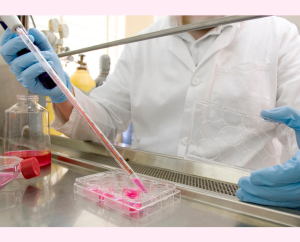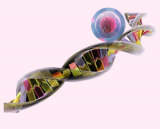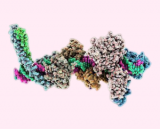
Molecular properties of stem cells
The molecular characteristics of stem cells vary according to their type and origin, and are characterized by cellular plasticity. Stem cells are capable of differentiating into several specialized cell types. This means that a stem cell can give rise to cells of different cell lineages, for example, a hematopoietic stem cell can differentiate into red blood cells, white blood cells, and platelets, and through self-renewal, they have the ability to divide asymmetrically, producing both an identical copy of themselves (to maintain the stem cell population) and a differentiated daughter cell (to generate specialized cells). This ensures the maintenance of the stem cell pool while enabling the continuous production of differentiated cells.
Stem cells often express specific surface markers that distinguish them from other cell types. For example, human embryonic stem cells express markers such as OCT4, SOX2, and NANOG, so they have active epigenetic mechanisms that influence gene expression. This enables them to maintain an undifferentiated state, or to differentiate in response to environmental signals. They are characterized by mitochondrial plasticity, which influences their metabolism and function, and may play an important role in their self-renewal and differentiation.
Some stem cells have the ability to migrate to sites of injury or need, where they can participate in the regeneration of damaged tissue. and can communicate with their environment and with other cells via signaling molecules, which can influence their behavior and differentiation decisions, and also to the regulation of gene expression by transcription factors.




